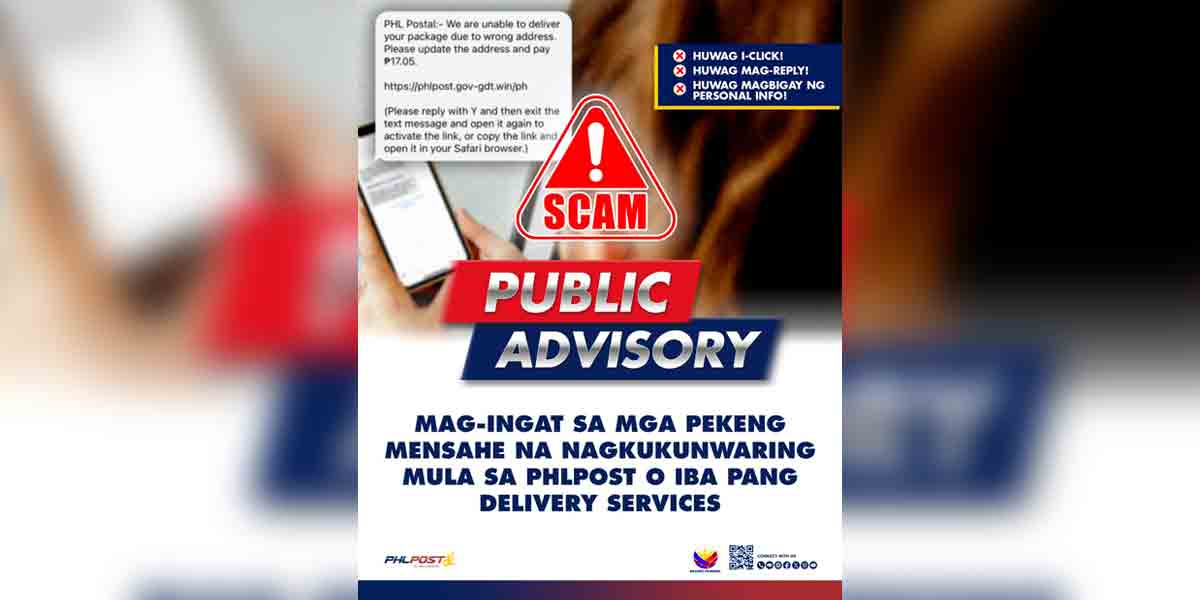Simply put, intellectual property (IP) rights are legal protections granted to creators and inventors. These rights are meant to safeguard innovations from unauthorized use, allowing right-holders to safely profit from their innovations if they so choose.
For Philippine-based businesses, inventors, artists, and even regular individuals, understanding and protecting these rights is a necessity for maintaining valuable distinctions and potential market advantages. Engaging with a trusted law firm in the Philippines can help rightful IP-holders protect their rights and income, which fully empowers them to benefit from their creations.
Distinguishing Between Trademarks, Copyrights, and Patents
While discussions on IP can get complicated, three primary categories stand out: trademarks, copyrights, and patents.
- Trademarks: These include symbols, words, or combinations thereof that identify and distinguish the goods or services of one entity from those of others. For businesses, distinct trademarks serve as key brand identifiers that consumers can use to recognize products or services sold on the market.
- Copyrights: This protection covers original works of authorship, including but not limited to literary works, music, and visual art pieces. Copyrights grant IP holders exclusive rights to control how their works are used, including the reproduction, distribution, and display of their creations.
- Patents: Patents protect new inventions or discoveries, granting inventors exclusive rights to these for a specified period. This ensures that patent-holders can control the use and implementation of their innovations.
Though each of these IP categories is distinct, all of them must be credibly protected to prevent unauthorized use, maintain brand integrity, and enable creators to gainfully earn from their hard work. Whether you’re an artist, inventor, or business owner, read through the simple guide below to better understand the specific measures required for protecting IPs within the Philippine legal framework.
A Guide to Safeguarding Your IPs in The Philippines
- Understand the Legal Framework for IP Protection
The primary legislation governing IP rights in the Philippines is Republic Act No. 8293, known as the Intellectual Property Code of the Philippines. Enacted in 1997, this law consolidates and codifies various IP rights and offers a comprehensive framework for their protection. Engaging with a law firm that is familiar with your business type will make it much simpler to navigate the complexities of this important law.
- Basics of Trademark Registration
Protecting trademarks should be one of the first orders of any business, given the importance of branding. Any distinctive word, name, symbol, or device used to identify goods or services is eligible for registration and should be registered as a trademark, if possible.
Trademark Application Process:
- Search: First, conduct a trademark search to ensure no existing trademarks conflict with yours. Registration may become more complicated if you have a trademark that is too similar to an existing IP.
- Filing: Submit a completed application to the Intellectual Property Office of the Philippines (IPOPHL), providing the necessary details as well as the representations of the mark. Ask your lawyer to assist you with this process to ensure that everything is in order.
- Examination: Once the application is submitted, IPOPHL will examine it for compliance and potential conflicts.
- Publication: If approved, the trademark will be published in the IPOPHL e-Gazette to give other parties time to oppose it.
- Registration: Absent of any opposition, the trademark will be duly registered and grant protection for ten years with possible renewability.
Once your business trademark is registered, your business enjoys exclusive rights to use the mark, with legal recourse against infringement. It can also confer credibility to a brand and help the business gain critical distinctions in its market.
- Copyright Protection
In the Philippines, original works enjoy automatic copyright protection upon creation, without the need for registration. The intellectual works covered include literature, music, audiovisual content, sculptures, and many other kinds of original works. As a general rule, copyright protection lasts for the lifetime of the author plus 50 years.
Registration of original works is entirely voluntary. However, registering your work with the IPOPHL’s Bureau of Copyright and Related Rights (BCRR), National Library, or the Supreme Court Library can serve as evidence in potential legal disputes. If you’re a professional creator, going through the registration process can be a positive step in protecting your livelihood and long-term creative legacy.
- Patent Protection
Inventions that are truly new, involve an inventive step, and are industrially applicable are eligible for patent protection. The definitions of “inventiveness” and “industrial applicability” are not always cut and dried, and the novelty of a patent is often debatable. For those and many other reasons, it’s usually best to consult with a law firm with experience handling patent applications.
Patent Application Process:
- Search: A prior search must be conducted to ensure the invention is, indeed, novel.
- Filing: If there are no similar prior inventions, submit a patent application to IPOPHL, including detailed descriptions and claims.
- Examination: Once submitted, your application will undergo a substantive examination to assess its patentability.
- Publication: If approved, your patent will be published, allowing for opposition.
- Grant: If there is no opposition, the patent is granted, offering protection for 20 years from the filing date. The patent must also be maintained yearly, starting from the 5th year.
Once granted, patents confer exclusive rights to exploit the invention, including potential licensing opportunities. When duly protected, the patent can also make one’s products stand out in the market, giving them a strong competitive edge.
- Monitor and Enforce Your IP Rights
Registering your IP is only the beginning. You must actively protect your rights so that you can enjoy the full benefits of your creations. Failure to do so can work against you, opening up even more challenges in the future. Regularly monitor the market for potential infringements and be prepared to send cease and desist letters or pursue legal action through the appropriate courts, if necessary. You may also need to register your IP rights with the Bureau of Customs to prevent counterfeit goods with your stolen IPs from entering the market.
- Educate and Train Your Team on IP Management and Protection
Your employees must understand the importance of IP rights as well as the steps needed to protect them. Depending on your business processes, this may include implementing clear internal policies as well as credible data and cybersecurity measures to safeguard sensitive information.
Your IP Rights May Be Key to Future Successes
Protecting your intellectual property is not just a legal obligation but a way to secure deserved, long-term benefits from your own hard work. With markets and competition now taking on a truly global nature, it’s become more important than ever to consult with legal experts and stay informed about the latest developments in local and international IP law. In doing so, you’ll uphold the value of your brand and creations, enabling fair profits and encouraging innovation, in and outside of your organization.



















